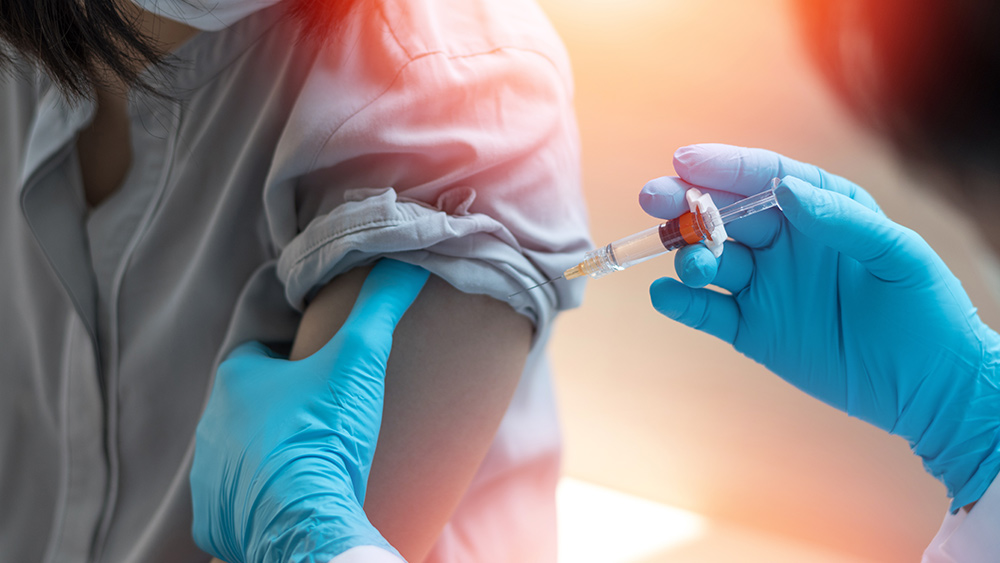
According to a study, fewer than one percent of vaccine injuries are reported to the Vaccine Adverse Event Reporting System (VAERS). Nobody knows how many cases have gone unreported since the start of the pandemic.
VAERS is a national early warning system founded in 1990 to detect possible safety issues with vaccines licensed for use in the United States. The monitoring system is co-managed by the Centers for Disease Control and Prevention (CDC) and the U.S. Food and Drug Administration (FDA). It accepts and analyzes reports of adverse events or potential side effects following a vaccination.
For the study, researchers from Harvard Pilgrim Health Care (HPHC) set out to develop and circulate evidence and evidence-based tools to improve healthcare decision making with the help of integrated data and knowledge management.
The research also worked to create a generalizable system for the more effective detection and clinician reporting of vaccine adverse events, which can help improve the safety of national vaccination programs.
HPHC researchers examined electronic medical records from all ambulatory care encounters in a large multi-specialty practice. The data was gathered from all patients who were vaccinated. For the next 30 days, the patients' healthcare diagnostic codes, medication prescriptions and laboratory tests were analyzed to monitor all adverse events.
Preliminary data has been collected and analyzed and the initiative is presented at several national conferences. (Related: Federal lawsuit claims VAERS reporting system is HIDING actual number of coronavirus vaccine deaths.)
Nearly 3 in every 100 vaccinations lead to adverse reactions
Researchers used data from the Atrius Health provider and patient community. This community serves several Agency for Healthcare Research and Quality (AHRQ) inclusion populations, particularly low-income and minority populations in urban settings.
Atruis currently employs an estimated 700 physicians who care for 500,000 patients at over 18 locations all over the greater Metropolitan Boston area. Most of the Atruis physicians are primary care internal medicine physicians or pediatricians, but the network also includes physicians from every major specialty.
All the young and adult patients cared for by Atruis are included in the data used for the adverse event surveillance system.
Based on the preliminary data collected from June 2006 to October 2009 on 715,000 patients, nearly 1.4 million doses of 45 different vaccines were administered to 376,452 individuals.
Out of the recorded doses, 35,570 possible reactions or 2.6 percent of tracked vaccinations have been identified. This suggests that there is an average of 890 possible events, or an average of 1.3 events per clinician every month.
While adverse events from drugs and vaccines are common, most cases are underreported. And while 25 percent of patients experience an adverse drug event, less than 0.3 percent of all adverse drug events and one to 13 percent of serious events are actually reported to the FDA.
Adding to that is the fact that fewer than one percent of vaccine adverse events are reported. Low reporting rates makes it harder to identify drugs and vaccines that can harm citizens, such as the hastily produced COVID-19 vaccines.
To ensure public safety, the researchers have called for new surveillance methods for drug and vaccine adverse effects.
The following can also hinder the reporting adverse effects:
- Lack of clinician awareness.
- Uncertainty about when and what to report.
- Burdens of reporting: The reporting process isn't part of clinicians' usual workflow. It takes time and is often repetitive.
The researchers have advised that the implementation of "proactive, spontaneous, automated adverse event reporting embedded within EHRs" and other information systems can effectively expedite the identification of problems with new drugs. It can also help determine the risks of older drugs.
Visit VaccineInjuryNews.com for more information about the many adverse effects linked to vaccines.
Sources include:
Digital.AHRQ.gov[PDF]
Please contact us for more information.























